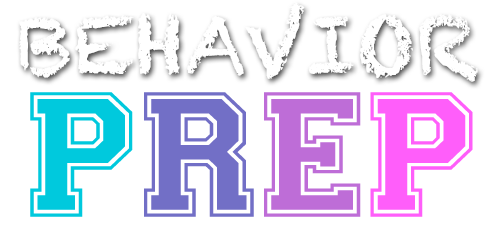B.24 Identify and distinguish between imitation and observational learning
Imitation
Imitation is mimicking another person’s behavior immediately after witnessing it. The behavior is replicated exactly or nearly identically to how it was modeled, and the act of imitation itself may be encouraged.
Example: when a youngster sees their parent wave goodbye, they promptly return the gesture. The child’s waving activity closely resembles the parent’s action.
Observational Learning
Observational learning, also known as social learning, is the process of acquiring new actions or information by seeing others and then replicating the behavior or applying the knowledge in similar or different circumstances. It is not necessary to immediately imitate the conduct following observation.
Example: A child sees an older sibling lacing their shoes for several days. Later, the youngster tries to tie their own shoes by applying what they learned from observing their sibling, although they did not immediately mimic the behavior during the observation. This exhibits observational learning, as the infant learns the skill by watching and then reproducing it.
